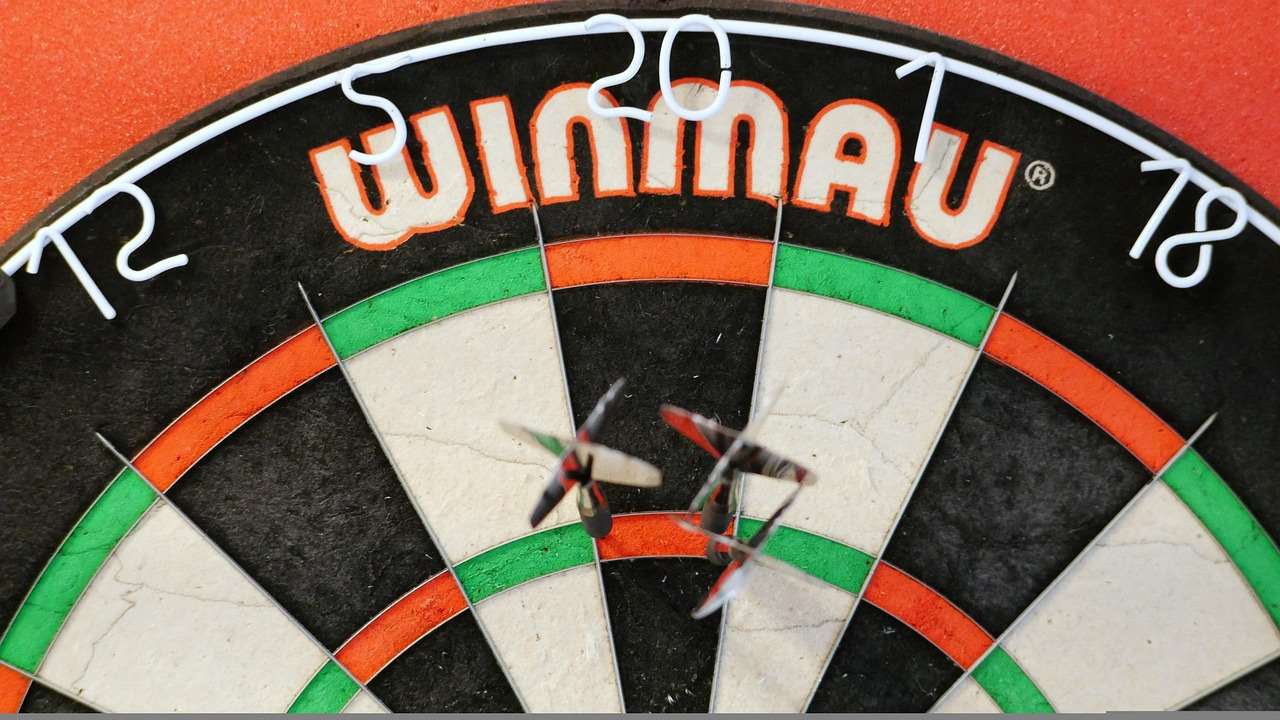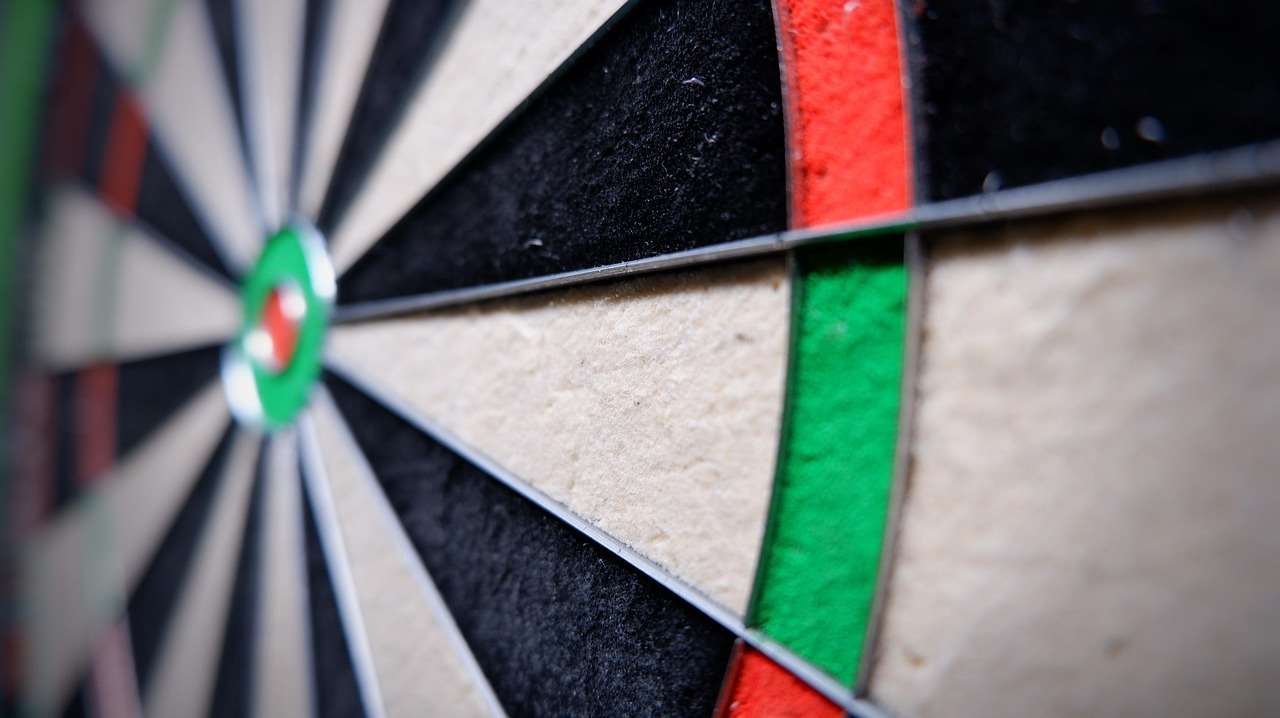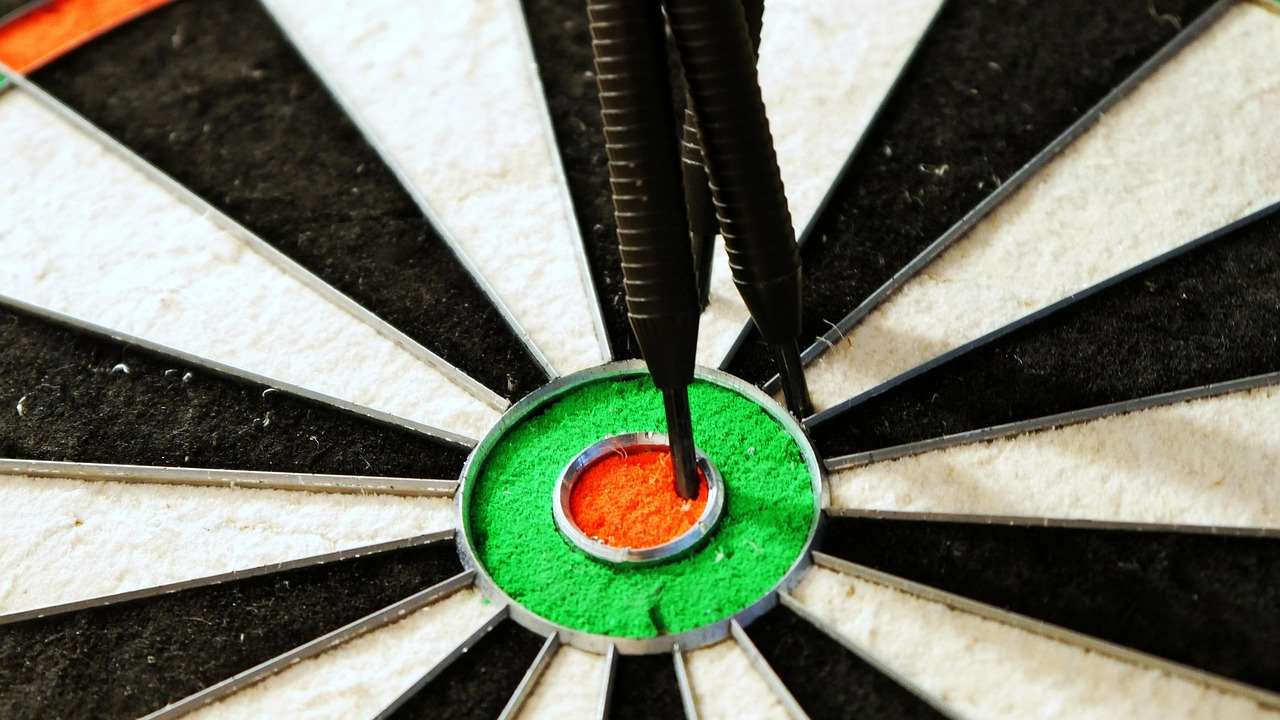Adapting rules for marathon darts sessions is crucial for maintaining fair play, preventing fatigue, and ensuring everyone involved enjoys the experience. This article explores practical adjustments you can make to the standard rules to create a sustainable and engaging marathon darts event. We’ll cover everything from modifying scoring systems and incorporating breaks to managing player fatigue and promoting sportsmanship.
⚠️ Still Using Pen & Paper (or a Chalkboard)?! ⚠️
Step into the future! The Dart Counter App handles all the scoring, suggests checkouts, and tracks your stats automatically. It's easier than you think!
Try the Smart Dart Counter App FREE!Ready for an upgrade? Click above!
Why You Need to Adapt Rules for Marathon Darts Sessions
A standard darts match, with its relatively short duration, doesn’t pose the same challenges as a **marathon darts session**. When playing for extended periods, fatigue sets in, concentration wanes, and even the most seasoned players start to feel the strain. This can lead to inconsistent performance, frustration, and even injuries. That’s why adapting rules for marathon darts sessions is so essential. It’s about creating an environment where players can maintain their focus, enjoy the game, and avoid burnout. Think of it as a marathon runner needing to adjust their pace and strategy compared to a sprint.
Furthermore, differing skill levels within the group can become more apparent during long sessions. A slight skill gap may not be noticeable in a short game, but it can become a significant advantage (or disadvantage) over several hours. Leveling the playing field through modified rules helps ensure everyone feels involved and has a chance to contribute.
Ultimately, the goal is to foster a positive and inclusive atmosphere where everyone can participate comfortably and enjoy the thrill of the game.

Key Areas for Rule Adaptation
When considering adapting rules for marathon darts sessions, there are several key areas to focus on:
- Game Length and Format: Adjusting the number of legs or sets played, or switching between different game formats.
- Scoring Systems: Implementing alternative scoring methods to keep the game dynamic and reduce pressure.
- Breaks and Rest Periods: Integrating regular breaks to combat fatigue and maintain focus.
- Fatigue Management: Incorporating rules that address player fatigue, such as allowing substitutions or offering assistance with scoring.
- Handicap Systems: Using handicaps to level the playing field and ensure fair competition between players of varying skill levels.
Each of these areas offers opportunities to customize the game and make it more suitable for the demands of a long-duration darts event. Remember to clearly communicate all rule changes to participants before the session begins to avoid confusion and ensure everyone is on the same page. Basic Darts Fundamentals for Beginners can also be helpful in setting the foundation for the game.
Modifying Game Length and Format
One of the simplest ways to adapt rules for marathon darts sessions is to adjust the game length and format. Instead of playing a fixed number of legs or sets, consider setting a time limit for each round or match. This allows for more flexibility and prevents the session from dragging on indefinitely. You could also experiment with different game formats, such as round-robin tournaments or team-based competitions, to keep things interesting and engaging.
Consider these modifications:
- Timed Rounds: Set a specific time limit (e.g., 30 minutes) for each round. The player (or team) with the highest score at the end of the time limit wins.
- Reduced Leg/Set Requirements: Lower the number of legs or sets required to win a match to shorten the overall duration.
- Rotating Partners: If playing in teams, rotate partners regularly to ensure everyone gets to play with different players.
- Switching Games: Introduce variety by switching between different darts games (e.g., 501, Cricket, Around the World) at regular intervals. This could tie in with Fun dart game variations with modified rules.

Implementing Alternative Scoring Systems
Standard scoring systems like 501 can become repetitive and mentally draining during a marathon session. Introducing alternative scoring methods can inject some excitement and reduce the pressure to perform perfectly. For example, you could try a points-based system where players earn points for hitting specific targets or achieving certain milestones.
Here are a few alternative scoring systems to consider:
- Points per Dart: Award points for each dart that lands within a scoring zone, regardless of the specific number hit.
- Targeted Scoring: Assign different point values to specific targets on the dartboard, encouraging players to focus on accuracy and strategic placement.
- Bonus Points: Award bonus points for achieving certain milestones, such as hitting a bullseye, scoring a 180, or finishing a leg in a certain number of darts.
These alternative systems can make the game more accessible and enjoyable for players of all skill levels, especially when Modifying rules for mixed-level dart players to ensure fairness.
The Importance of Breaks and Rest Periods
Ignoring the need for breaks is a surefire way to derail a marathon darts session. Regular breaks are crucial for preventing fatigue, maintaining focus, and preventing injuries. Encourage players to take short breaks every hour to stretch, hydrate, and clear their minds. Longer breaks can be scheduled every few hours for meals and relaxation.
Here’s a suggested schedule for breaks:
- Short Breaks (5-10 minutes): Every hour. Encourage players to stretch, hydrate, and socialize.
- Medium Breaks (15-20 minutes): Every 2-3 hours. Allow players to rest, eat a snack, and recharge.
- Long Breaks (30-60 minutes): Every 4-6 hours. Provide time for a full meal and a more extended period of relaxation.
During breaks, encourage players to step away from the dartboard and engage in activities that help them relax and de-stress. This could include listening to music, chatting with friends, or simply taking a walk. Properly managed breaks are vital for sustaining energy levels and keeping spirits high throughout the session.

Addressing Fatigue Management in Marathon Darts
Beyond scheduled breaks, it’s important to incorporate rules that directly address player fatigue. This could include allowing substitutions, providing assistance with scoring, or implementing a “mercy rule” for players who are struggling to keep up. The goal is to create a supportive and understanding environment where players feel comfortable admitting they need help.
Here are some strategies for managing fatigue:
- Substitution Options: Allow players to substitute in and out of the game, especially in team-based competitions.
- Assisted Scoring: Offer assistance with scoring, such as having a designated scorekeeper or using a scoring app.
- Mercy Rule: Implement a “mercy rule” that allows a player to concede a leg or match if they are significantly behind or feeling too fatigued.
- Hydration and Nutrition: Provide plenty of water and healthy snacks to help players stay hydrated and energized.
By proactively addressing fatigue, you can help players stay in the game longer and maintain a positive attitude. Remember, the goal is to have fun and enjoy the experience, not to push players beyond their limits.
Incorporating Handicap Systems for Fair Play
Skill disparities can become amplified during a marathon darts session. To ensure fair play and maintain a competitive balance, consider implementing a handicap system. A handicap system is designed to level the playing field by giving weaker players an advantage or stronger players a disadvantage. There are several different types of handicap systems you can use, depending on the skill levels of the players involved.
Common handicap methods include:
- Points Handicap: Giving weaker players a starting point advantage in each leg or match.
- Darts Handicap: Allowing weaker players to throw more darts per round.
- Target Handicap: Assigning different target requirements to players based on their skill level.
The key to a successful handicap system is to accurately assess each player’s skill level and adjust the handicap accordingly. You can use past performance data, informal rankings, or even a simple “trial round” to determine appropriate handicaps. Fair handicaps contribute to How to make darts fairer with handicap rules and a more enjoyable experience for everyone involved.

Calculating and Adjusting Handicaps
Calculating handicaps doesn’t need to be complicated. A simple method is to average each player’s score per dart (SPD) over several practice rounds. Then, determine the difference between each player’s SPD and the highest SPD in the group. This difference can be used as a points handicap or a darts handicap.
Example:
- Player A: SPD = 30
- Player B: SPD = 25
- Player C: SPD = 20
Player A has the highest SPD. Therefore:
- Player B’s handicap = 30 – 25 = 5 points per leg.
- Player C’s handicap = 30 – 20 = 10 points per leg.
It’s important to adjust handicaps as the marathon progresses. If a player consistently outperforms their handicap, it may be necessary to reduce their advantage to maintain a fair competition. Conversely, if a player is struggling, their handicap may need to be increased.
Promoting Sportsmanship and Fair Play
Regardless of the specific rules you adapt, it’s crucial to promote sportsmanship and fair play throughout the marathon darts session. Encourage players to be respectful of each other, to follow the rules, and to avoid any behavior that could be considered unsportsmanlike. A positive and supportive atmosphere will enhance the overall experience and make the event more enjoyable for everyone involved.
Consider these tips for fostering good sportsmanship:
- Clearly Communicate the Rules: Ensure all players understand the rules before the session begins.
- Encourage Positive Interactions: Promote respectful communication and encouragement between players.
- Discourage Unsportsmanlike Behavior: Address any instances of cheating, harassment, or other inappropriate conduct promptly and fairly.
- Lead by Example: Model good sportsmanship yourself by being respectful, fair, and positive.
A fun marathon darts session should foster friendship and camaraderie.

Adapting Rules for Marathon Darts Sessions: A Recap
Successfully adapting rules for marathon darts sessions involves a multifaceted approach that considers game length, scoring systems, breaks, fatigue management, and handicap systems. By implementing these strategies, you can create a more sustainable, engaging, and enjoyable experience for all participants.
Remember, the key is to be flexible and adaptable. Experiment with different rule modifications and find what works best for your group. Communicate clearly, promote sportsmanship, and prioritize the overall enjoyment of the game. When choosing an environment for the game, be sure to explore Adapting darts rules for small spaces: tips and tricks.
By following these guidelines, you can transform your next darts marathon into a truly memorable and rewarding event.
Ready to Organize Your Own Marathon Darts Session?
Now that you’re equipped with the knowledge and tools to adapt rules for marathon darts sessions, it’s time to start planning your own event. Gather your friends, family, or colleagues, choose a venue, and implement the rule modifications discussed in this article. With a little preparation and creativity, you can create a darts marathon that is both challenging and enjoyable for everyone involved.
So, what are you waiting for? Grab your darts, gather your friends, and get ready for an unforgettable experience! Don’t forget to share your own rule adaptations and experiences in the comments below. Let’s continue to learn and improve together!
Hi, I’m Dieter, and I created Dartcounter (Dartcounterapp.com). My motivation wasn’t being a darts expert – quite the opposite! When I first started playing, I loved the game but found keeping accurate scores and tracking stats difficult and distracting.
I figured I couldn’t be the only one struggling with this. So, I decided to build a solution: an easy-to-use application that everyone, no matter their experience level, could use to manage scoring effortlessly.
My goal for Dartcounter was simple: let the app handle the numbers – the scoring, the averages, the stats, even checkout suggestions – so players could focus purely on their throw and enjoying the game. It began as a way to solve my own beginner’s problem, and I’m thrilled it has grown into a helpful tool for the wider darts community.